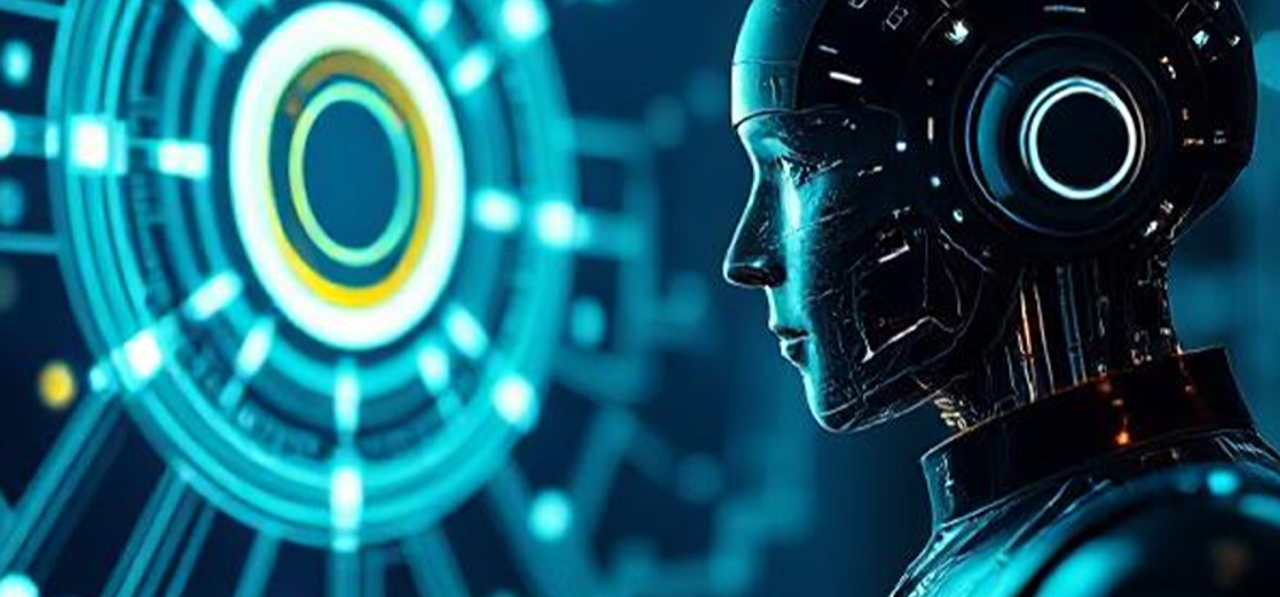What’s Next for MedSightAI: Building the EHR of the Future
MedSightAI has already transformed the healthcare experience by revolutionizing physician-patient interactions. Its AI-driven transcription capabilities reduce the burden of documentation, streamline workflows, and improve the production of critical medical documents like referral letters and prior authorizations. Now, MedSightAI is setting its sights on an even greater goal: creating the next generation of electronic health records (EHRs). This future EHR will leverage the full power of AI to go beyond static documentation and cumbersome workflows. It will act as an intelligent partner for clinicians, patients, and administrators—integrating advanced data-gathering capabilities, robust analytics, and real-time decision support.
The Vision: A Smarter, AI-Powered EHR
- Integrating AI-powered insights directly into the workflow, enabling real-time recommendations and predictive analytics.
- Streamlining information gathering through ambient AI tools that seamlessly capture, organize, and analyze data from multiple sources, including patient interviews, wearable devices, and past medical records.
- Enhancing clinical decision-making with advanced natural language processing (NLP) and machine learning algorithms that identify patterns, predict outcomes, and suggest tailored interventions.
- Personalizing patient care with intelligent summaries and actionable plans that are easy to interpret and share.
raditional EHRs often face criticism for their inefficiencies, fragmented interfaces, and time-consuming processes. MedSightAI’s next-generation EHR will address these pain points by:
Use Cases for the EHR of the Future
1. Proactive Chronic Disease Management
- Automatically flagging trends in A1C levels and correlating them with medication adherence, diet logs, and physical activity.
- Sending alerts to clinicians about patients at risk for complications, allowing for early intervention.
- Generating personalized care plans and reminders for patients to stay on track.
The AI-powered EHR can track patients with chronic conditions, such as diabetes or hypertension, by continuously analyzing real-time data from wearable devices and lab results. For example:
2. Real-Time Risk Analysis in Acute Settings
- A real-time risk score for clinical deterioration or complications.
- Suggested next steps, such as imaging, lab work, or specialist consultations.
- Automated creation of handoff notes or discharge summaries for seamless transitions of care.
During an emergency department visit, the EHR could gather historical data, process lab results, and analyze vital signs in seconds to provide:
3. AI-Driven Population Health Insights
- For health systems, the EHR could aggregate and analyze data across entire patient populations to:
- Identify patterns in disease outbreaks or emerging public health risks.
- Generate predictive models for resource allocation, such as staffing or medication stockpiles.
- Provide administrators with insights to inform policy decisions and optimize care delivery.
- Identifying eligible patients for clinical trials using AI-powered searches across structured and unstructured data.
- Automatically gathering and anonymizing patient data to comply with privacy regulations.
- Providing dynamic dashboards for tracking trial progress and outcomes.
- Provide a single, intuitive interface for patients to access their medical records, appointment schedules, and personalized health insights.
- Offer AI-driven chatbots for answering questions and guiding patients through care plans.
- Facilitate direct communication between patients and providers, with AI summarizing and prioritizing messages for clinicians.
4. Streamlined Clinical Trials and Research
The EHR of the future could support researchers by:
5. Enhanced Patient Engagement
Patients will no longer struggle with complex portals or disconnected systems. Instead, the EHR will:
The Future of Healthcare, Powered by MedSightAI
MedSightAI’s vision for the next-generation EHR is ambitious but achievable. By leveraging cutting-edge AI technologies, this EHR will go beyond documentation to become a true partner in care—simplifying workflows, improving outcomes, and empowering both providers and patients.
This evolution represents a major leap forward in healthcare technology. MedSightAI’s EHR of the future will not just store data but will actively enhance how care is delivered, decisions are made, and lives are improved.
Stay tuned as MedSightAI continues to innovate, driving the future of healthcare technology. For more information or to be part of this journey, reach out to us today!
